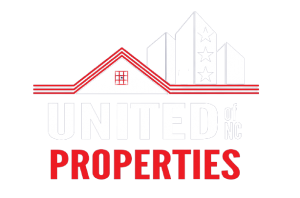When purchasing or developing land, knowing whether it is connected to city water and sewer systems is crucial. Access to municipal water and sewer services can significantly impact the feasibility and cost of a construction project. In this article, we will guide you through the process of determining if your land is connected to city water and sewer, allowing you to make informed decisions about your development plans.
- Research Local Records:
Start by researching local records and documents related to your land. Contact the appropriate municipal departments, such as the local water department or public works department, and inquire about the availability of city water and sewer services in the area where your land is located. They can provide information on the utility service coverage map, zoning regulations, and any previous records regarding the availability of these services.
- Consult the City Planning Department:
The city planning department can be a valuable resource for determining if your land has access to city water and sewer. They can provide information on the zoning classification, which indicates the infrastructure available in that area. Ask for details on utility service maps or plans, which can show the locations of water and sewer lines and help identify if your land falls within the service boundaries.
- Check with Neighbors or Local Homeowners:
Engage in conversations with neighbors or local homeowners in the vicinity of your land. They can provide insights into the utility services available in the area. Inquire about their water source (city or private well) and sewage disposal method (city sewer or septic system). Their experiences and knowledge can give you a better understanding of the utility services accessible to your land.
- Conduct On-Site Inspection:
Physically inspect your land for any visible signs of city water and sewer connections. Look for manhole covers, utility access points, or water meters nearby. These visible infrastructure elements suggest that your land may have access to municipal water and sewer services.
- Engage Professional Surveyors or Utility Locators:
To confirm the presence of city water and sewer connections, consider hiring professional surveyors or utility locators. They can use specialized equipment and techniques to identify underground utility lines, including water and sewer mains. By accurately mapping the existing infrastructure, they can determine if your land is connected to city services or if additional utility connections would be required.
- Verify with Utility Service Providers:
Contact the local utility service providers directly, such as the water department and sewer authority, to confirm whether your land has existing connections. Provide them with the specific details of your land, including the address or plot number, to facilitate their investigation. They will be able to provide definitive information about the availability of city water and sewer services.
- Consider Alternatives:
If it turns out that your land is not currently connected to city water and sewer, you may explore alternative options. These options include drilling a well for water supply or installing a private septic system for wastewater disposal. However, be sure to research local regulations and obtain the necessary permits before proceeding with any alternative solutions.
Determining if your land is connected to city water and sewer is a vital step in the development process. Through research, consultation with local authorities, and on-site inspections, you can gather the information needed to make informed decisions. If your land does not have access to these utilities, consider alternative options and consult with professionals to ensure compliance with local regulations. By understanding the utility services available on your land, you can plan and execute your development project effectively and efficiently.
